June 2025
The Ax-4 mission carried four astronauts to the space station along with more than two dozen investigations sponsored by the ISSInternational Space Station National Lab. The project—a collaboration between Booz Allen, Axiom, and Oura—aims to use edge computing to analyze biometric data from astronauts in real time. The project will test the accuracy of glucose monitoring and the viability of insulin on the ISS. The goal is to support astronauts with insulin-dependent diabetes on future space missions. Building on prior research, the project examines the factors that lead to protein clumping, a manufacturing issue that negatively impacts the quality of protein-based drugs. This episode features Arun Sharma, a leading biomedical researcher at Cedars-Sinai whose work has helped shape the future of regenerative medicine in space. Sharma discusses how the space environment can accelerate the development of new or improved therapeutics for cardiovascular disease. Listen to the podcast today! Beginning with Snoopy in the 1960s, mascots have played an important role in space exploration, inspiration, and education. View photos of some of the most memorable space mascots over the years. Northrop Grumman invested $50 million in space startup Firefly Aerospace. The investment will support the production of a jointly developed rocket called “Eclipse.” The rocket—designed for ISS resupply, commercial spacecraft, national security missions, and science payloads—is expected to launch from Wallops Island, Virginia, as early as 2026. Voyager Technologies went public with a valuation of up to $3.8 billion. The company, whose revenue is split equally between space solutions and defense, is currently developing the NASA-supported Starlab commercial space station. NASANational Aeronautics and Space Administration awarded Sierra Space a $3.6 million contract for lunar technology. Sierra Space will examine how its commercial space station inflatable habitat technology could be reconfigured for use in future bases on the Moon. The company also announced the formal launch of the Sierra Space Defense division, which will focus on national security. Varda launched its fourth spacecraft for in-orbit production of pharmaceuticals. The company will use its W-4 spacecraft, the first to be built entirely in-house, to manufacture pharmaceuticals in orbit and return them to Earth. W-4 launched on SpaceX’s Transporter-14 rideshare mission. Thales Alenia Space announced a new collaboration with Blue Origin and ESA. The partnership will explore opportunities for the European Space Agency to utilize the Orbital Reef commercial space station. The partnership will also support European industry in supplying modules, systems, and equipment for Orbital Reef. A perspective from the ISS National Lab chief economist highlights the urgent need to invest in, not cut, space-based R&D. In the piece, which is part of the ISS National Lab’s “Forging the Path” series, Sven Eenmaa discusses the risk of budget cuts leading to a near-term, multi-year gap in access to LEO(Abbreviation: LEO) The orbit around the Earth that extends up to an altitude of 2,000 km (1,200 miles) from Earth’s surface. The International Space Station’s orbit is in LEO, at an altitude of approximately 250 miles. R&D. Such a gap would prevent the commercialization of valuable new technologies and threaten services value chains for future commercial activities in LEO. Read more. The most recent issue of Upward, official magazine of the ISS National Lab, is online. Explore valuable findings from space-based R&D—download the current and past issues here. The University of Florida published results from muscle tissue chipA tissue chip, or organ-on-a-chip or microphysiological system, is a small engineered device containing human cells and growth media to model the structure and function of human tissues and/or organs. Using tissue chips in microgravity, researchers can study the mechanisms behind disease and test new treatments for patients on Earth. The National Institutes of Health (NIH) has a multiyear partnership with the ISS National Laboratory® to fund tissue chip research on the space station. research on the ISS. The study, published in the journal Stem Cell Reports, advances understanding of muscle aging and degeneration in microgravityThe condition of perceived weightlessness created when an object is in free fall, for example when an object is in orbital motion. Microgravity alters many observable phenomena within the physical and life sciences, allowing scientists to study things in ways not possible on Earth. The International Space Station provides access to a persistent microgravity environment.. The findings could help lead to new treatments for age-related muscle loss. Read more about the team’s research in the Upward feature “The Beauty of Accelerated Aging.” A new product resulted from ISS National Lab-sponsored research. Using a 4K camera mounted to the ISS, Sen now offers a livestream of Earth and space on its website. The livestream is free with advertising, or users can purchase an ad-free subscription. Sen’s SpaceTV-1 camera system is hosted on the ArgUS plate attached to Airbus’ Bartolomeo platform on the ISS. Want to make an impact and support science in space for the benefit of humanity? Click here to donate online, make a gift of crypto or stock, or contribute through your donor-advised fund.Welcome to Space Station Spotlight, a monthly newsletter from the ISS National Laboratory®. Here’s where you can find all the latest R&D happenings on the space station, see what our partners are up to, and learn how to elevate your research to new heights by leveraging the unique space environment.
What’s new at the ISS National Lab?
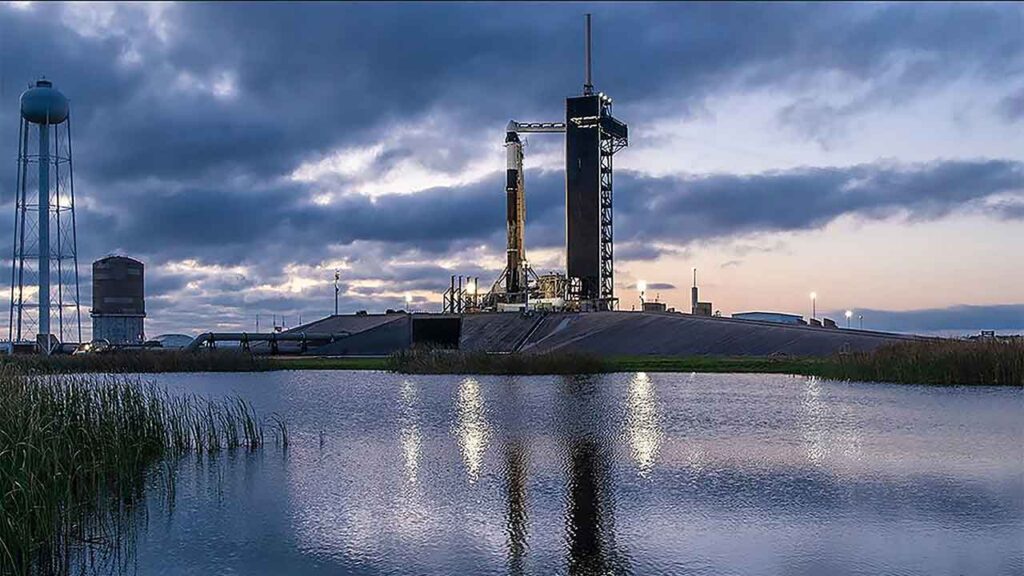
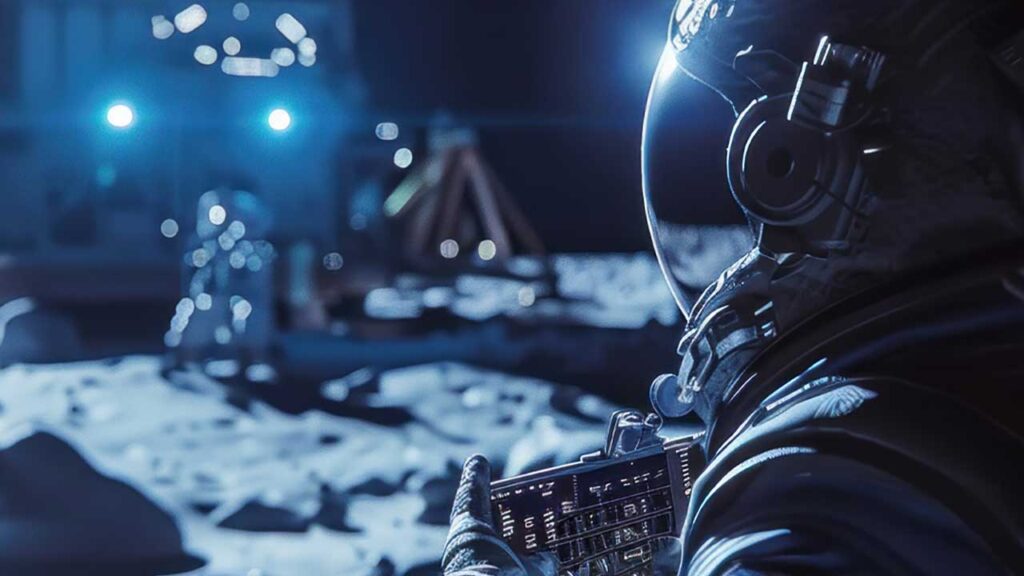
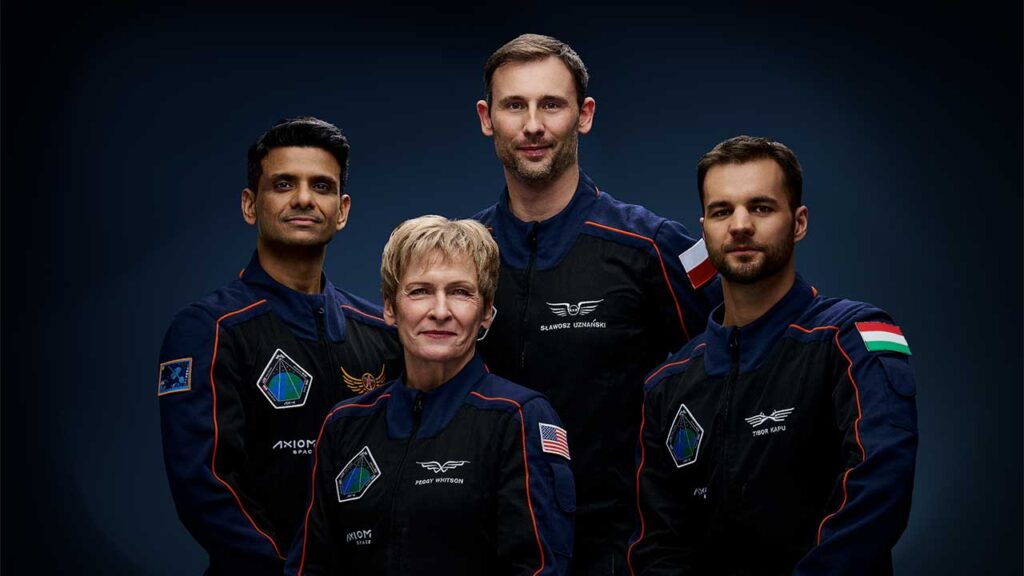

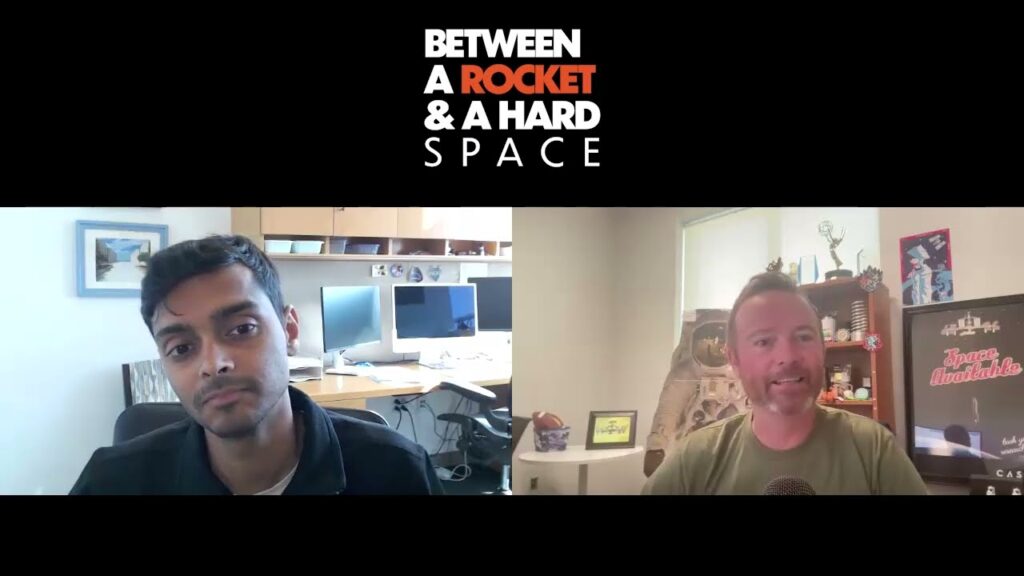
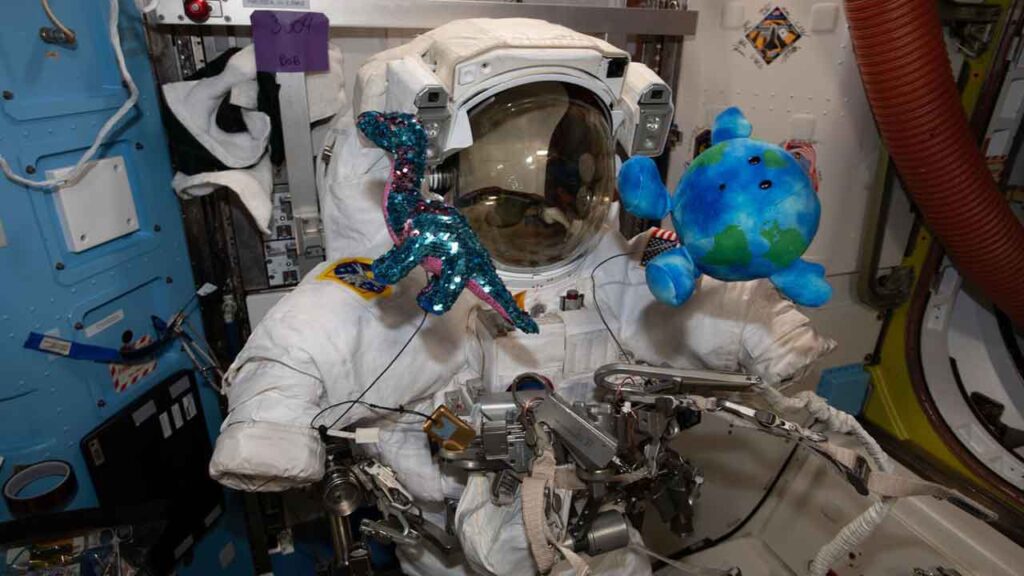
Partner News
INVESTMENT NEWS
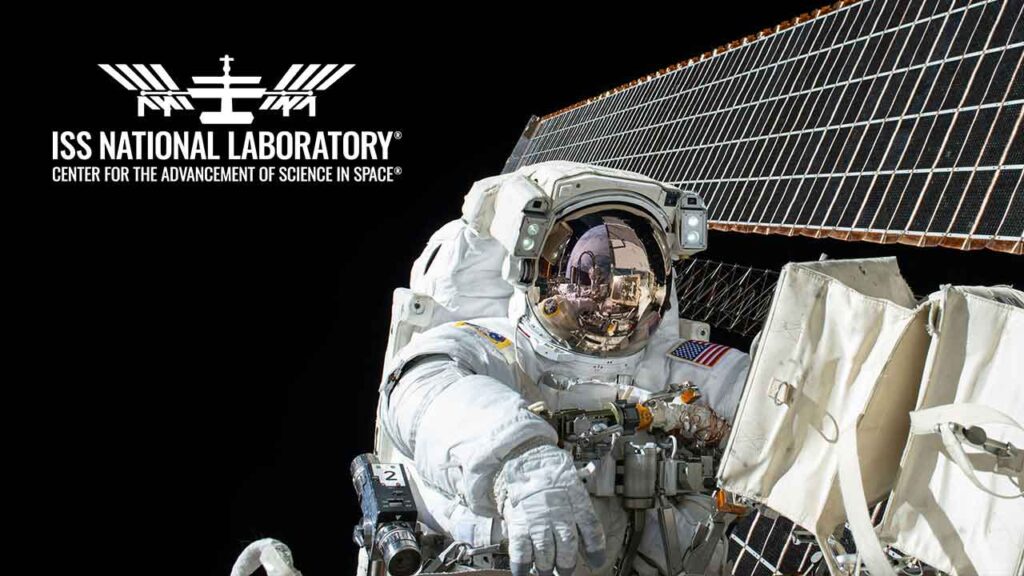
Results

Make a Stellar Impact With a Donation to the ISS National Lab

